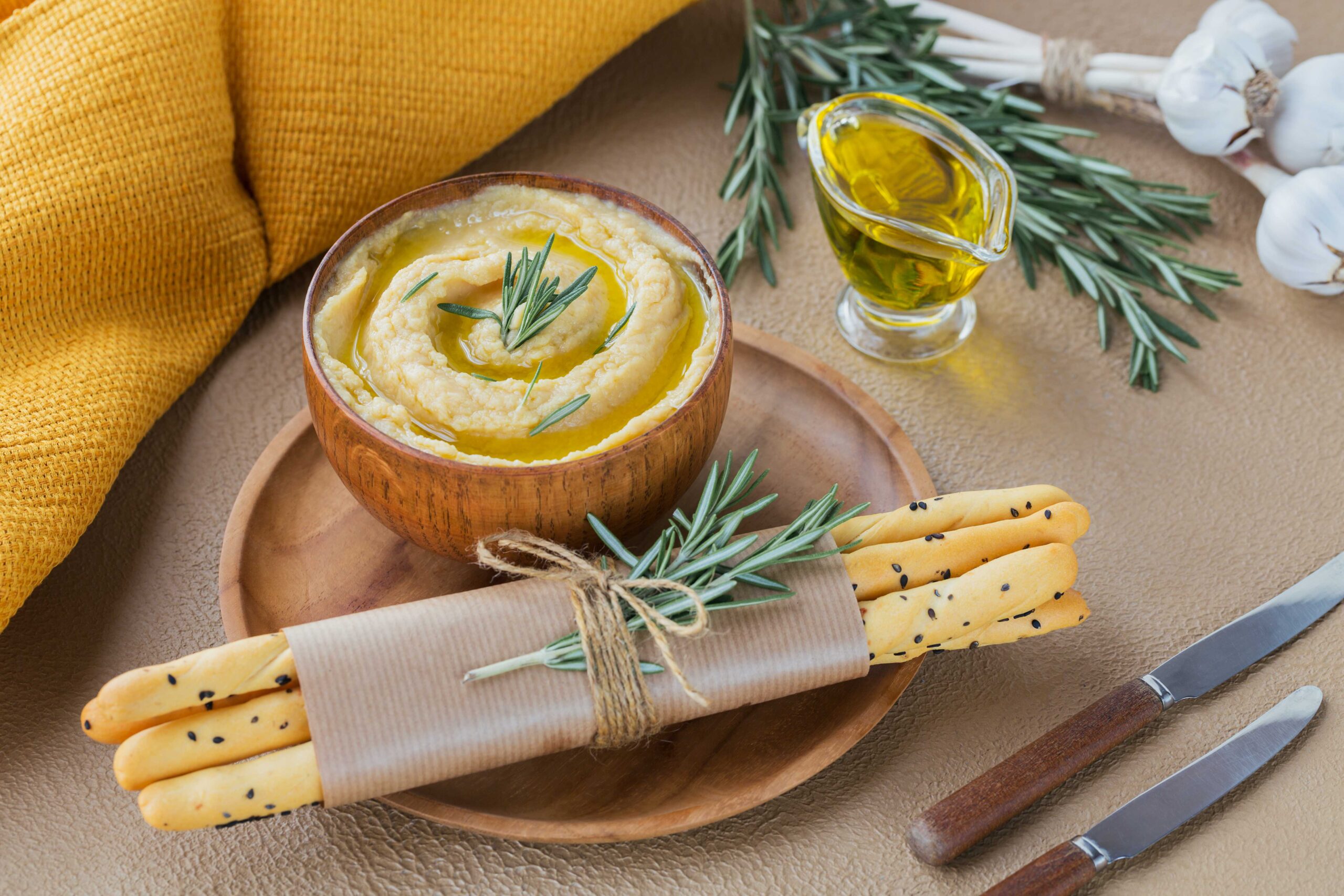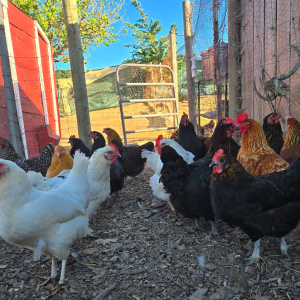How to Judge the Best Hummus: A Connoisseur’s Guide
If you’re serious about hummus, knowing how to judge a truly great hummus is essential. Whether you’re dining at a legendary hummus spot or making your own, here are the key factors to evaluate:
1. Texture: Smooth vs. Chunky
- The best hummus should be creamy, light, and silky—not too thick, not too runny.
- It should have a velvety consistency that coats your tongue without being overly dense.
- Some prefer chunky hummus with whole chickpeas (masabacha), which is a different style but still delicious.
✅ Test: Run a spoon through the hummus. It should hold its shape but feel airy and light, not stiff or grainy.
2. Flavor Balance: The Perfect Harmony
A perfect hummus has a delicate balance of ingredients:
- Chickpeas – Freshly cooked chickpeas should have a mild, slightly nutty flavor.
- Tahini – Should be rich but not overpowering. Premium tahini gives hummus a smooth, earthy taste.
- Lemon Juice – Adds a fresh tanginess that enhances the overall flavor.
- Garlic – Just enough to add depth, without making it overpoweringly pungent.
- Salt – Should be subtle but essential for enhancing the taste.
- Olive Oil – Adds fruitiness, slight bitterness, and smoothness.
✅ Test: Each bite should be balanced and harmonious, with no single ingredient dominating the rest.
3. Olive Oil Quality: A Game-Changer
- The best hummus is always drizzled with high-quality extra virgin olive oil (EVOO).
- The oil should complement the hummus with fruity, peppery, or grassy notes.
- Inferior olive oil can make hummus taste greasy or bland.
✅ Test: Taste the olive oil separately. If it has a clean, fresh taste with a slightly peppery finish, it’s high quality.
4. Color: The Look of a Great Hummus
- The best hummus should be light beige to pale golden—not too white (which can indicate too much tahini) or too yellow.
- The drizzle of olive oil should have a rich golden hue.
- If the hummus looks dull or grayish, it might be old or made with low-quality ingredients.
✅ Test: Fresh, high-quality hummus has a vibrant, appetizing appearance.
5. Aroma: The Smell Test
- A great hummus should smell fresh, nutty (from tahini), slightly lemony, and rich with olive oil.
- It should never have a rancid, sour, or stale smell—these indicate old ingredients or poor storage.
✅ Test: Take a deep sniff before eating. If it smells fresh and inviting, it’s likely high quality.
6. Temperature: Warm vs. Cold Hummus?
- In traditional Middle Eastern style, hummus is often served slightly warm—which enhances the flavor.
- Supermarket hummus is usually served cold, but this masks the flavors.
✅ Test: If possible, try hummus at room temperature or slightly warm for the best taste experience.
7. Accompaniments: The Perfect Pairing
- Pita Bread – The best hummus is served with warm, fluffy pita or laffa bread, not dry or stale bread.
- Toppings – Some of the best hummus dishes include chickpeas, pine nuts, paprika, sumac, or parsley.
- Side Dishes – Pickles, olives, or fresh veggies (like cucumbers) enhance the experience.
✅ Test: The whole experience matters—great hummus should be paired with high-quality accompaniments.
8. Freshness: The X-Factor
- Hummus should be freshly made, never store-bought or mass-produced.
- Pre-packaged hummus tends to have preservatives and lacks the depth of fresh hummus.
✅ Test: If it tastes overly tangy, pasty, or artificial, it’s likely not fresh. Real hummus is best consumed within a day or two of being made.
Final Verdict: What Makes the Best Hummus?
A perfect hummus should be:
✅ Smooth and creamy (but not too thick or pasty)
✅ Balanced in flavor (chickpeas, tahini, lemon, garlic, and salt in harmony)
✅ Drizzled with high-quality extra virgin olive oil
✅ Aromatic and inviting
✅ Served warm (or at room temperature) with fresh pita
✅ Freshly made (not store-bought or mass-produced)













